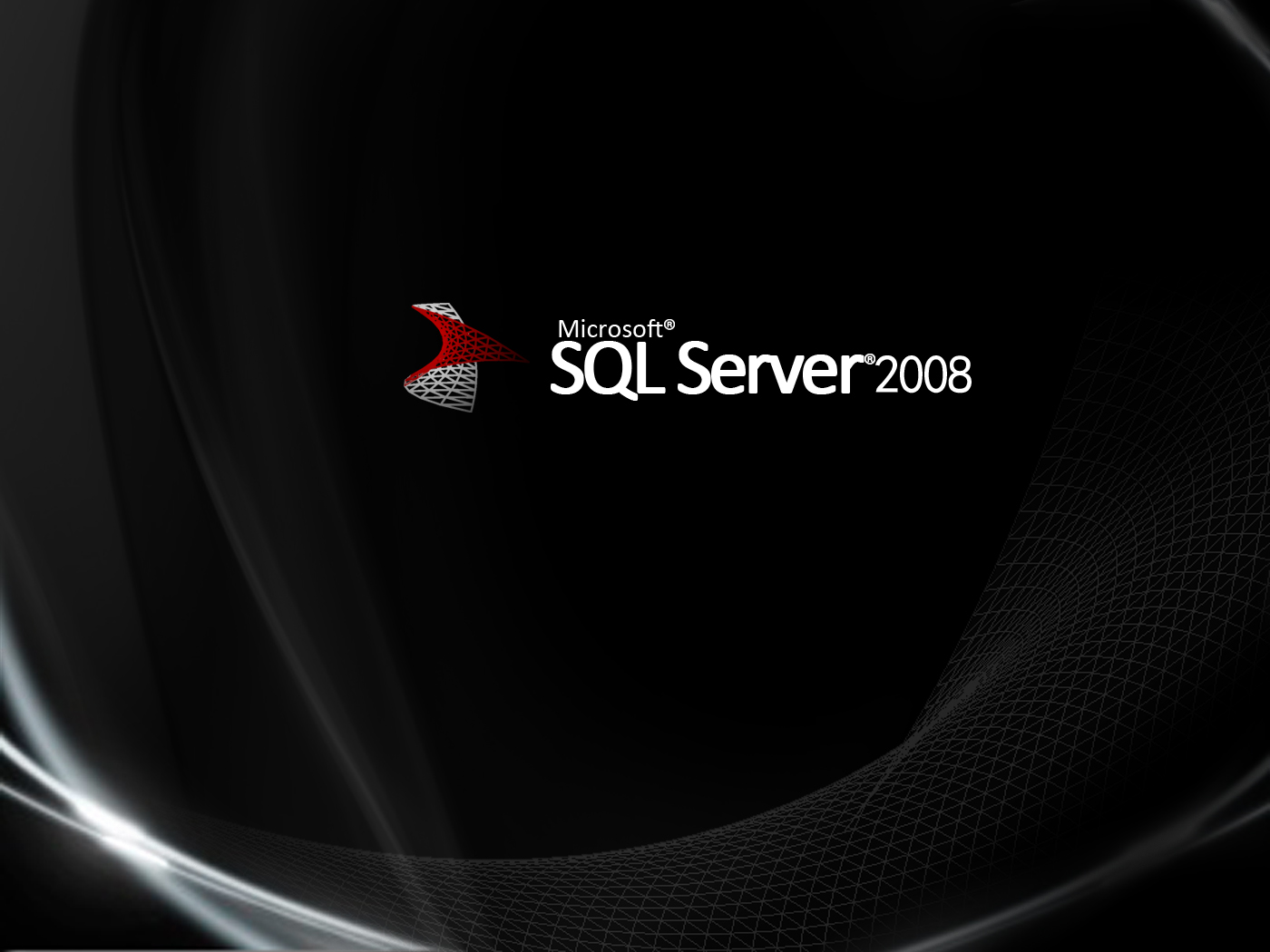 Operation and Maintenance
Operation and Maintenance
 Linux Operation and Maintenance
Linux Operation and Maintenance
 A brief discussion on migration tools and core architecture design
A brief discussion on migration tools and core architecture design
A brief discussion on migration tools and core architecture design
Note: This tool does not currently support cloud server ECS IO optimized instances and only migrates the system disk environment. Function description: Suitable for migrating Centos, Debian, Ubuntu and other operating systems to Alibaba Cloud ECS. Applicable systems: Compatible with all Linux versions on Alibaba Cloud Centos, Debian, and Ubuntu. Note: This tool does not support IO optimization instances and only migrates the system disk environment. For data consistency, please stop the application services in the original system and uninstall disks other than the system disk. Usage: Execute the command as root: ./migrate migrate
1. Detailed explanation of Linux ECS automatic migration tool

Introduction: Note: This tool does not currently support cloud server ECS IO optimized instances and only migrates the system disk environment. Function description: Suitable for migrating Centos, Debian,
2. Latest updates about SQL Server

Introduction: Microsoft’s SQL Server team released a number of small updates last month. Notable ones include: Power BI for on-premises servers, System Center support for SQL Server 2014, and updates to Java/PHP drivers. But the first thing to focus on is the Microsoft migration tool for DB2 users.
3. Microsoft releases SQL Azure migration tool on CodePlex

Introduction: In order to facilitate users to migrate from SQL Server to SQL Azure, Microsoft has released a migration tool on CodePlex. Where possible, the SQL Azure Migration Wizard detects and corrects incompatibilities between SQL Server 2005/2008 and SQL Azure. Some common problems that this wizard can fix include: replacing text columns with varChar(max), replacing user-defined
4. Migrate ACCESS database to SQLSERVER database

## Introduction: Migrate the ACCESS database to the SQLSERVER database. The ACCESS2000 file is opened with ACCESS2007, and migrated to SQLSERVER2005 to open the ACCESS2007 file. Database tool method one: Use the database migration tool that comes with ACCESS2007 1. Open the database migration wizard of ACCESS2007 2. Click the SQLSERVER button to pop up the upgrade wizard dialog box
5. MySQL Use of migration tools in production environments

6.

7.
Microsoft launches MySQL to SQL Server database migration tool
 ##Introduction: Microsoft has introduced a new tool to help MySQL users migrate their data to Microsoft's SQL Server database. This tool is called SQL Server Migration Assistant (SSMA). M
##Introduction: Microsoft has introduced a new tool to help MySQL users migrate their data to Microsoft's SQL Server database. This tool is called SQL Server Migration Assistant (SSMA). M
8.
mongodb migration toolIntroduction: Project address [github] address click here. (https://github.com/xbsura/mongo-migrate) written in go language, consistent with m-tools, except for the ones that come with go language Library, mgo library support is also required. Functional data migration between mongodb instances, with automatic sharding, pre-split and movechunk, and index creation based on the node properties of the source and destination, 9. MySQL to Hive/HBase migration tool Introduction: Apache Hive is Currently one of the free products of choice for large-scale data warehouses. People who use Apache Hive do not expect to do anything with small amounts of data, such as moving data from MySQL to Hive/HBase. In that case, it can be executed quickly. The completed SQL is estimated to take more than 10 times longer to run on Hive than before. But if you have MySQL data 10. Use the AMP (AlibabaMigrationPlatfrom) artifact to easily convert the data in the Oracle database Introduction: Upload the AMP package and decompress it: tar -jxvf amp.2.1.0.tar Start AMP: nohup sh start.sh /tmp/log.txt 1 2 1 , I deployed the AMP migration tool to 192.168.1.8, and installed the MySQL database on 192.168.1.8. It can be connected normally, as follows: 2. Configure AMP as follows 3. Click Save and pre-check, and the error message is as follows: The size of the target database Write [Related Q&A recommendations]: 

The above is the detailed content of A brief discussion on migration tools and core architecture design. For more information, please follow other related articles on the PHP Chinese website!

Hot AI Tools

Undresser.AI Undress
AI-powered app for creating realistic nude photos

AI Clothes Remover
Online AI tool for removing clothes from photos.

Undress AI Tool
Undress images for free

Clothoff.io
AI clothes remover

Video Face Swap
Swap faces in any video effortlessly with our completely free AI face swap tool!

Hot Article

Hot Tools

Notepad++7.3.1
Easy-to-use and free code editor

SublimeText3 Chinese version
Chinese version, very easy to use

Zend Studio 13.0.1
Powerful PHP integrated development environment

Dreamweaver CS6
Visual web development tools

SublimeText3 Mac version
God-level code editing software (SublimeText3)

Hot Topics
 1386
1386
 52
52
 Key Linux Operations: A Beginner's Guide
Apr 09, 2025 pm 04:09 PM
Key Linux Operations: A Beginner's Guide
Apr 09, 2025 pm 04:09 PM
Linux beginners should master basic operations such as file management, user management and network configuration. 1) File management: Use mkdir, touch, ls, rm, mv, and CP commands. 2) User management: Use useradd, passwd, userdel, and usermod commands. 3) Network configuration: Use ifconfig, echo, and ufw commands. These operations are the basis of Linux system management, and mastering them can effectively manage the system.
 How to interpret the output results of Debian Sniffer
Apr 12, 2025 pm 11:00 PM
How to interpret the output results of Debian Sniffer
Apr 12, 2025 pm 11:00 PM
DebianSniffer is a network sniffer tool used to capture and analyze network packet timestamps: displays the time for packet capture, usually in seconds. Source IP address (SourceIP): The network address of the device that sent the packet. Destination IP address (DestinationIP): The network address of the device receiving the data packet. SourcePort: The port number used by the device sending the packet. Destinatio
 Where to view the logs of Tigervnc on Debian
Apr 13, 2025 am 07:24 AM
Where to view the logs of Tigervnc on Debian
Apr 13, 2025 am 07:24 AM
In Debian systems, the log files of the Tigervnc server are usually stored in the .vnc folder in the user's home directory. If you run Tigervnc as a specific user, the log file name is usually similar to xf:1.log, where xf:1 represents the username. To view these logs, you can use the following command: cat~/.vnc/xf:1.log Or, you can open the log file using a text editor: nano~/.vnc/xf:1.log Please note that accessing and viewing log files may require root permissions, depending on the security settings of the system.
 How to check Debian OpenSSL configuration
Apr 12, 2025 pm 11:57 PM
How to check Debian OpenSSL configuration
Apr 12, 2025 pm 11:57 PM
This article introduces several methods to check the OpenSSL configuration of the Debian system to help you quickly grasp the security status of the system. 1. Confirm the OpenSSL version First, verify whether OpenSSL has been installed and version information. Enter the following command in the terminal: If opensslversion is not installed, the system will prompt an error. 2. View the configuration file. The main configuration file of OpenSSL is usually located in /etc/ssl/openssl.cnf. You can use a text editor (such as nano) to view: sudonano/etc/ssl/openssl.cnf This file contains important configuration information such as key, certificate path, and encryption algorithm. 3. Utilize OPE
 How debian readdir integrates with other tools
Apr 13, 2025 am 09:42 AM
How debian readdir integrates with other tools
Apr 13, 2025 am 09:42 AM
The readdir function in the Debian system is a system call used to read directory contents and is often used in C programming. This article will explain how to integrate readdir with other tools to enhance its functionality. Method 1: Combining C language program and pipeline First, write a C program to call the readdir function and output the result: #include#include#include#includeintmain(intargc,char*argv[]){DIR*dir;structdirent*entry;if(argc!=2){
 How to use Debian Apache logs to improve website performance
Apr 12, 2025 pm 11:36 PM
How to use Debian Apache logs to improve website performance
Apr 12, 2025 pm 11:36 PM
This article will explain how to improve website performance by analyzing Apache logs under the Debian system. 1. Log Analysis Basics Apache log records the detailed information of all HTTP requests, including IP address, timestamp, request URL, HTTP method and response code. In Debian systems, these logs are usually located in the /var/log/apache2/access.log and /var/log/apache2/error.log directories. Understanding the log structure is the first step in effective analysis. 2. Log analysis tool You can use a variety of tools to analyze Apache logs: Command line tools: grep, awk, sed and other command line tools.
 PostgreSQL performance optimization under Debian
Apr 12, 2025 pm 08:18 PM
PostgreSQL performance optimization under Debian
Apr 12, 2025 pm 08:18 PM
To improve the performance of PostgreSQL database in Debian systems, it is necessary to comprehensively consider hardware, configuration, indexing, query and other aspects. The following strategies can effectively optimize database performance: 1. Hardware resource optimization memory expansion: Adequate memory is crucial to cache data and indexes. High-speed storage: Using SSD SSD drives can significantly improve I/O performance. Multi-core processor: Make full use of multi-core processors to implement parallel query processing. 2. Database parameter tuning shared_buffers: According to the system memory size setting, it is recommended to set it to 25%-40% of system memory. work_mem: Controls the memory of sorting and hashing operations, usually set to 64MB to 256M
 How to install PostgreSQL in Debian
Apr 12, 2025 pm 08:09 PM
How to install PostgreSQL in Debian
Apr 12, 2025 pm 08:09 PM
Install PostgreSQL database on Debian system, you can refer to the following two methods: Method 1: Use APT Package Manager to quickly install this method directly using Debian's APT Package Manager for installation. The steps are simple and quick: Update the package list: Run the following command to update the system package list: sudoaptupdate Install PostgreSQL: Use the following command to install PostgreSQL database: sudoaptinstallpostgresql Start and enable the service: After the installation is completed, start and enable the PostgreSQL service: sudosystemctl



